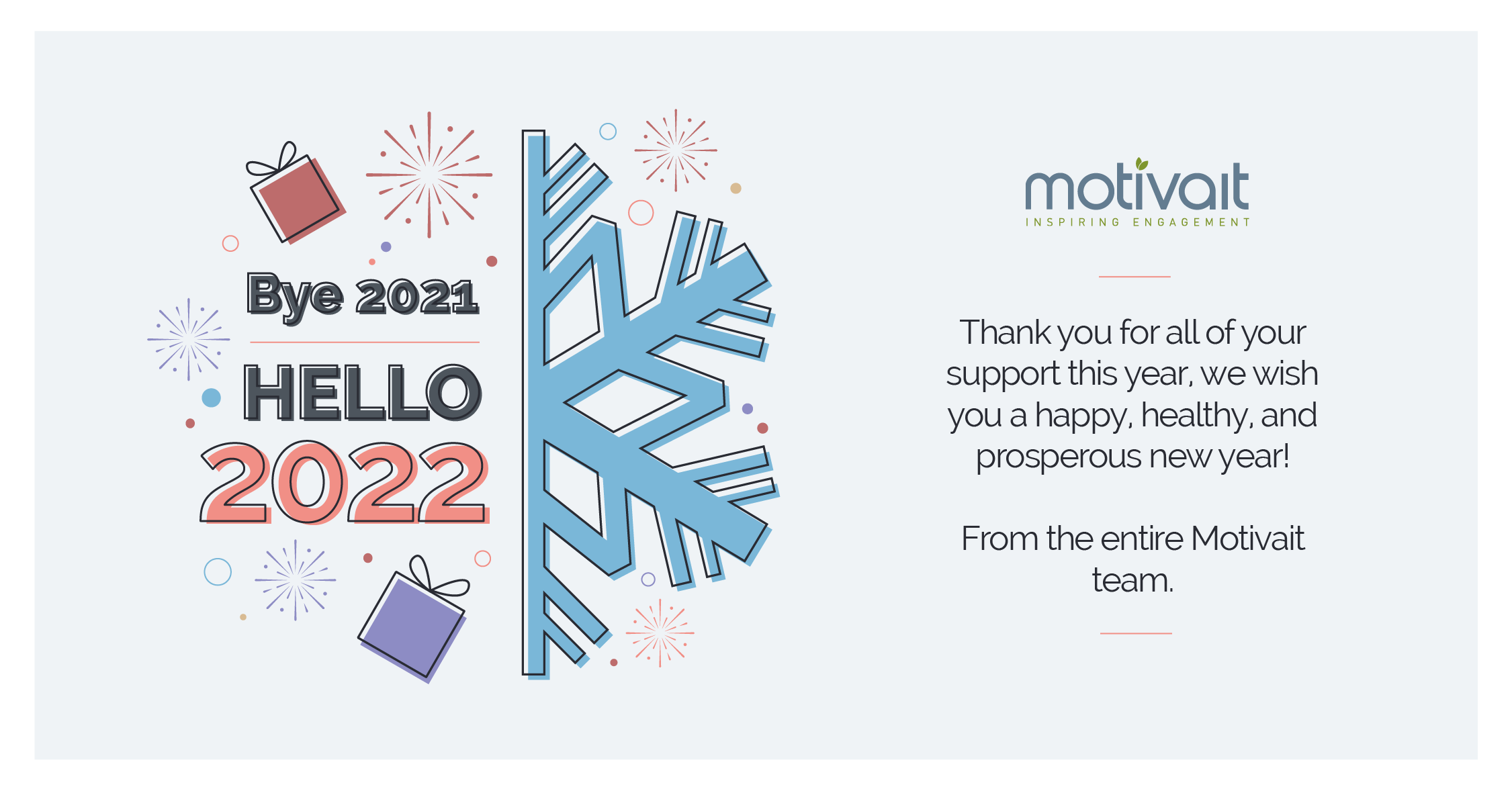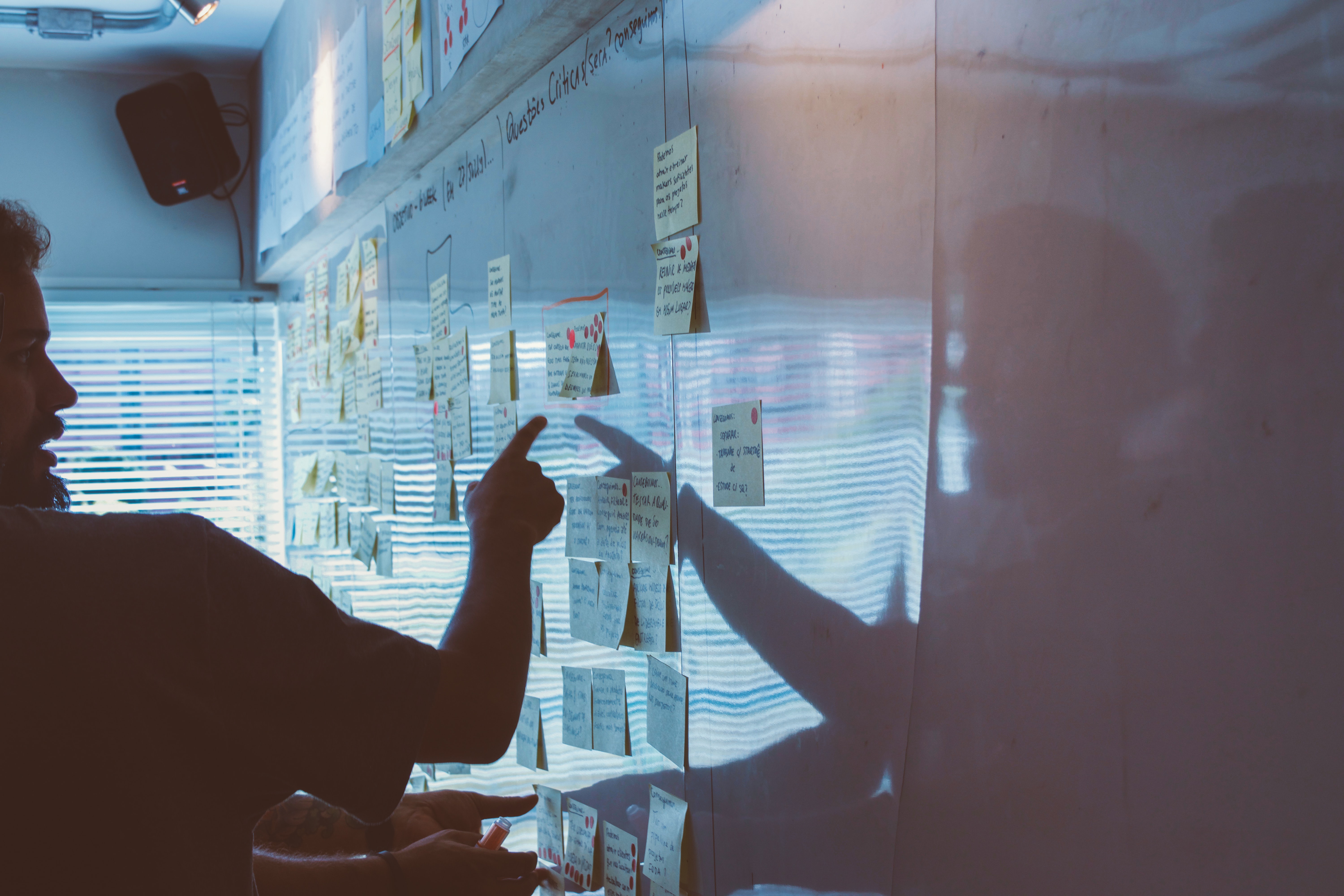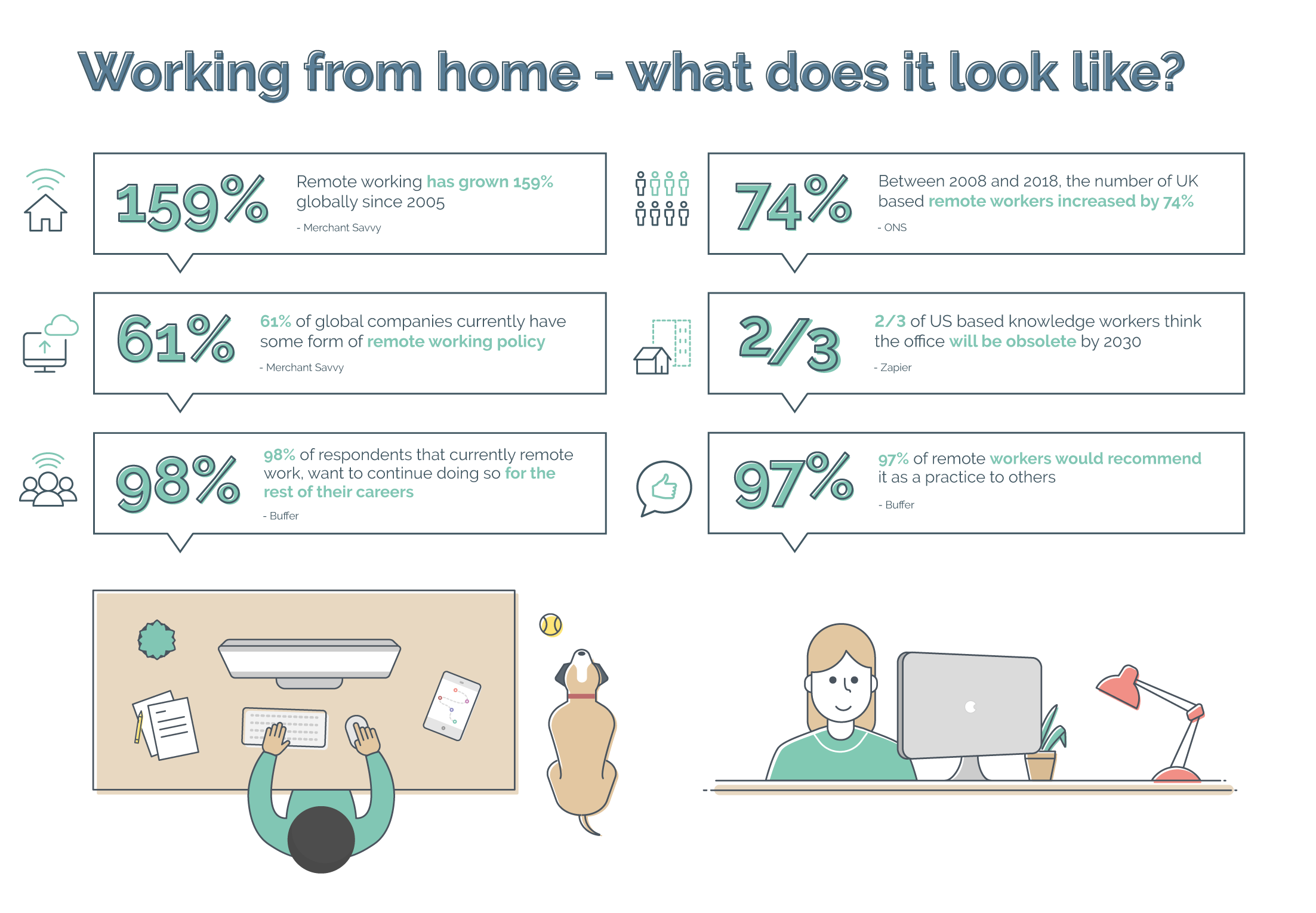Developing an online professional development plan can enable employees of all profiles and situations. And the key to successful and sustained growth lies in Behavioural Science.
The traditional workplace has changed dramatically in the last decade, and seems to be on a path towards even more change. Flexible hours have replaced 9 to 5. Virtual learning is overtaking the two-day training course. Remote teams are on the rise. There is evidence everywhere of businesses investing to keep up with the expectations of the modern employee – greener, brighter, stimulating office spaces or vast e-learning platforms being two common examples. But what about updating internal processes to match with the new practices? Consider remote workers and their professional development. For many years, companies have established professional development plans for employees, but these approaches are almost never tailored to the needs of remote employees. Too often people fall into the trap of ‘out of sight, out of mind’, or they focus efforts entirely on ensuring productivity rather than considering the growth of individuals.
If one were to update the design of these programmes, with remote workers or freelancers or any of the emerging employee profiles in mind, it becomes highly valuable to incorporate approaches founded in Behavioural Sciences to better understand the person at the centre of the plan.
Behavioural Science is the empirical study of human behaviour. It emphasises how people are different and hence need to be understood differently, how context matters, and guides us towards adopting new positive behaviours. It can tell us what works and what doesn’t and can help us design solutions that generate a desired change.
Behavioural Science has also experienced radical transformation in recent years in its application and delivery. Through technology, we can now obtain a lot more information and understanding about individual characteristics, habits, motivations, drives (or behavioural phenotype) and subsequently optimise interventions. Behavioural design then translates the findings of the behavioural studies into effective products and services.
So, how to apply this theory to the scenario of online professional development plans, designed with remote workers in mind? Let’s take a look.
-
Personalised Planning
Any broad or widely applicable plan has to offer options and choice to employees. Options allow individual employees to feel a sense of ownership or personalisation with their experience. Furthermore, allowing free choice when goal setting will increase their drive and intrinsic motivation towards the end objective.
The theory indicates that goals should be accomplished through various actions, rather than only applying one rigid path to achieve a positive result. To begin with, it can be as simple as setting a goal like “improving skills related to my role” for an online professional development plan.
The idea is to not define achievement purely through office-based actions, instead to allow more self-determination and for employees to prove their progress in ways within their control. This way, they will feel like goals are within their reach.
Simultaneously, some parameters need to be set for the employee’s benefit as well. The plan should be clear and supported by sufficient detail so that the employee quickly understands how to perform the necessary actions or behaviours in order to achieve the objective they’ve set. Behavioural Science theory explains that specifying the frequency, duration, intensity and context of an action makes it easier to achieve or replicate. For example, for the goal “improving skills related to my role,” an associated behaviour would be to take a 40-hour expert course. This behaviour in turn can be divided into smaller actions to make it easier to complete. So you can take what seems like a vague objective of proving you have improved your skillset, and break it down into tangible, provable actions like each working day between 3pm and 5pm for 4 weeks accessing your online development plan and completing different modules of your chosen expert course.
Within the plan, one can even apply gamified elements to reinforce commitment – such as including a button or box that will give employees a sense of accomplishment when they finally press or tick it. It sounds simple but can be highly effective. Research states that an explicit commitment (I want to tick off things on my list) increases the likelihood that users will complete their goal.
Behavioural Science, because of the name, can sound daunting when all you feel you need is a quick fix or an easy win
-
Clear instructions & Multiple resources at your fingertips
As already mentioned, clear instructions or ticking boxes help to keep people on track. Especially when working remotely, as it enables employees to work through tasks and actions autonomously, knowing what they need to be getting on with.
Across professional development plans, previous studies have identified how employees frequently prefer to receive practical support from the company. This is when the company provides them with the resources and content required to carry out the actions necessary to achieve the objective they’ve chosen.
However, it’s important that companies strike the balance between providing information and resources, without oversaturating employees. Users of vast online courses often remark that they don’t know where to begin when there is so much information available to them. Rather than huge amounts of information, it’s more valuable to provide clear pathways employees can follow, especially for those sat in front of their desktops remotely.
-
Social support
As well as having materials at their fingertips, being able to count on mentors or online advisors also makes it easier for employees to effectively and efficiently achieve their goal. Knowing they have a designated ‘someone’ they can turn to with questions regarding their progression helps employees feel comfortable within their plan. This is particularly useful for remote workers who are not able to simply turn around and ask a question to a colleague.
Employees also value the support of their teammates and co-workers during their development. Research supports the inclusion of virtual social areas for remote employees and their effectiveness for reinforcing recognition and feedback. With a timeline or wall element, similar to those on social media platforms, employees can post their achievements and colleagues can applaud their progress and celebrate those achievements. Rereading the wall’s history can help to raise self-esteem and increase the self-efficacy of remote working employees particularly when feeling overwhelmed or emotionally disconnected.
These online environments allow relationships between remote employees to be established and strengthened each day, reinforcing and creating a group identity. These contexts also facilitate the transmission of informal knowledge. Studies show that innovation and commitment flourish when employees have the ability to participate freely in “interest groups” or similar working teams.
Creating safe spaces to grow and fail is hugely important in any company – setting them online helps users feel removed from reality, and more likely to try and try again
-
Reinforcements and Self-Evaluation
Any professional development plan should include the employee receiving positive feedback from managers, because it avoids the employee feeling too scrutinised or controlled. Feedback should be balanced, and the purpose should be to reinforce the employee’s progress. If an employee is based from home or is remote to the team, feedback can sometimes be the main occasion the employee has contact with their manager or team, making the context of feedback even more valuable. Ensure feedback is given frequently, and in a range of contexts for remote employees in any development plan.
As part of those different opportunities for feedback, self-evaluation can also be included as encouragement that the employee records and monitors their own behaviours and progress.
It should be noted that multiple studies show how people react differently to self-monitoring. Some employees will stop participating because their motivation decreases when they perceive their results as negative. This can be avoided by ‘reframing.’ A behavioural technique that involves the correct interpretation and action the employee can take, alongside the negative result in the same message.
For example, “You got 5/10 and so you haven’t passed this module. It’s a shame, but this is definitely one of the more complicated modules in your development path, so maybe check out some of the reading links and come back soon and try again! We know you can do it!” This type of messaging prevents employees from associating their results with feelings of intense failure and demotivation. Creating a safe space to grow and fail is hugely important in any company, and it can be easily provided through the medium of digital solutions as they make the user feel somewhat removed from ‘reality’.
-
Signs of action and habit formation
Whenever a person is asked to carry out behaviours or take action, we must recognise each of the steps they take towards achieving their goal. Behavioural Science emphasises the importance of reinforcing both the steps taken towards the milestone and the time when the user completes the objective. With the help of technology, this reinforcement can reach remote working employees in real time.
Behavioural Change research often advises the introduction of prompts and stimuli that encourage action. For example, automatic prompts or notifications can be effective because they remind us to perform the behaviour at the right time and the reasoning behind it. Similarly, by performing the behaviour repeatedly, it ends up creating a habit. However, Behavioural Science illustrates that habit brings habituation, which can cause the employee to become bored and abandon the experience. Maintaining long-term engagement and commitment requires the online professional development plan to include gradual tasks and changing or growing challenges. It’s very important to start with tasks that are easy to perform, making them increasingly difficult, yet achievable, until the result is ultimately reached.
With all these behavioural strategies and techniques, we can design a professional development plan (suitable to the needs of remote working employees or similar profiles) without it needing to be labour intensive or adapted several times across the company. Scientifically informed, it can offer multiple growth opportunities to those employees which will therefore result in enhanced company productivity. Behavioural Science, because of the name, can sound daunting when all you feel you need is a quick fix or an easy win. But really, it comes down to understanding the audience, the people you’re trying to connect to or gain something from. We’ve come a long way from expecting employees to carry out actions or behaviours “because I said so”. Consider the power behind “because I want to”. So, if offices are changing, if what we consider an employee is changing, along with schedules, routines, a day’s work – maybe we need to update how we support and structure all of that as well.









